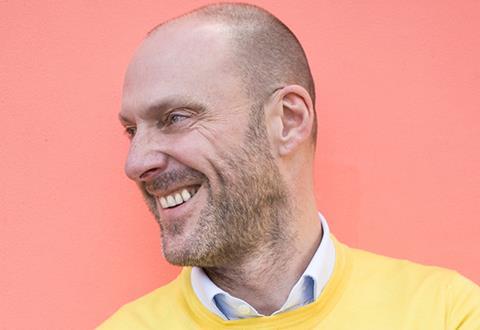Placemaking is a responsibility not a workstream, argues Martyn Evans

I recently joined a Space UK panel at the Ministry of Sound in London. Our subject: placemaking. When Jenni Carbins, our panel host, asked me in the week before the event what I’d like to suggest as topics for our discussion I asked if we could discuss banning that word.
Please don’t get me wrong – I’m not against the making of great places. Far from it. What I object to is the definition that the term has come to assume in our industry and the contribution it makes to the delivery of bad places.
To identify placemaking as a subject we should be discussing in our industry is to define it as a skill or, worse, a workstream. That implies that “development” is something else and that as long as you apply some good placemaking skills, all will be well. I believe that there is either good development or bad development. Good development delivers great places and bad development… doesn’t.
We developers and architects are in the business of designing and constructing buildings that provide something useful and inspiring for the people who will use them. Some of us are lucky to be able to deliver large schemes with many buildings and public open spaces. When we get to do this we add a dimension to our work – the ability to masterplan a place and create a part of a town or a city that mimics the way it might have developed organically had it grown over hundreds of years like other, older places. This is a huge responsibility, especially in places that have suffered or need significant regenerative help. We have a responsibility to create the kind of places that support jobs, affordable and beautiful homes, places to shop, to eat, to have fun, to keep our children safe and occupied and to feel at ease.
All these things together make great places, and the decisions we make to ensure that happens start very early – right at the start with a blank sheet of paper and some coloured pens. It also involves asking people about their lives and working our what’s the best way to deliver what they need. So if your definition of placemaking includes research, consultation, initial sketching, masterplanning, accommodation scheduling, tenanting, sustainability, management, post-occupancy research, trees, green space, art and happy children then I’m right there with you.
Of course not all of us get to make whole new city quarters. But that doesn’t matter. What is important is to understand the contribution your development, however small, will make to the surrounding community – the place where it will sit. Even the smallest intervention has something to contribute
Placemaking is just another word for development in my lexicon. Too often it’s used to describe something else and is deployed as a tool way too late. All the buzzstreams that dance around our business have something to say about it: meanwhile uses, creative occupation, covenant-through-footfall are all designed to help us make better places.
What’s important is that all of them focus on the end result – a great place in the long term. Too often meanwhile uses are engaging and useful in the short term to those operating them but fail to connect in any way to the long-term development of the places where they pop up.
I think we should see meanwhile use as R&D – grabbing the opportunity to take some risks with a place and try things out that we might never be able to do in the long-term real world. What more evidence do you need to present to a funder than that the creative use you put your site to, which would never have been agreed without testing, can draw thousands of happy people with deep pockets?
In Manchester where we are building a £1.5bn scheme at Mayfield, our meanwhile activity – a 10,000-capacity nightclub and a vast food and drink operation called Escape to Freight Island – could not be further from a typical city-centre F&B offer in a commercial development but it doesn’t matter. It’s an experiment. Between autumn 2019 and January 2022, including all the lockdowns in between, we will have entertained over a million people. That’s the biggest community consultation/market research exercise we have ever done. What more evidence do we need to be certain that it’s what our visitors consider to be a great place? Our long-term plans for the development are being informed every day by what we are learning there.
Perhaps banning the word placemaking was a rash suggestion. What I’d like to ban is the way it is used. What else is development for, other than to make great places?
Postscript
Martyn Evans is creative director of U&I
















No comments yet